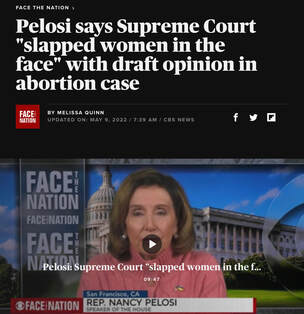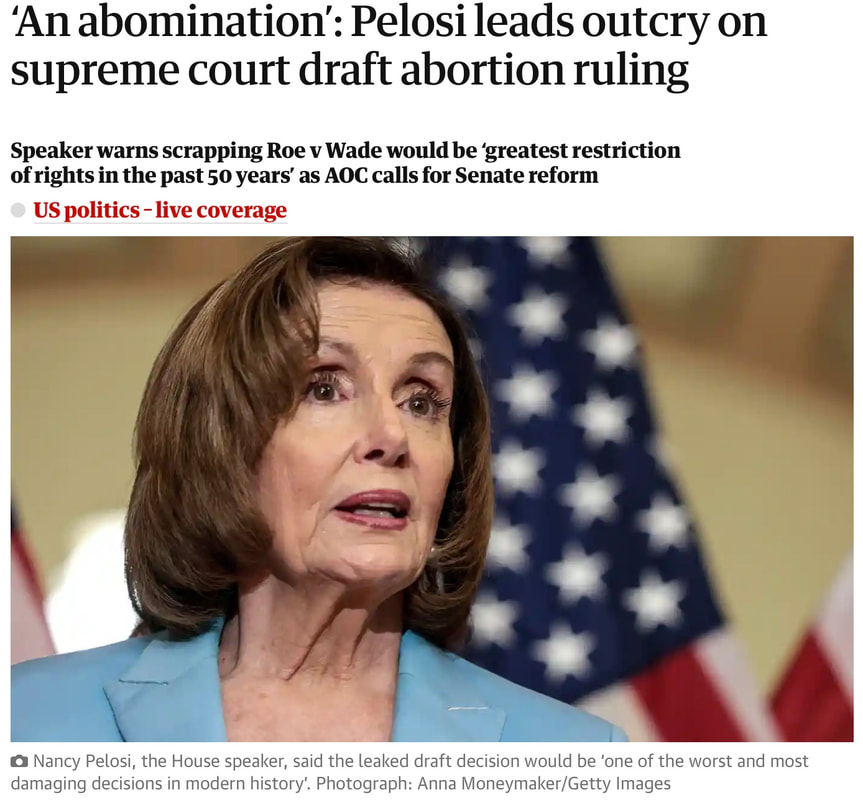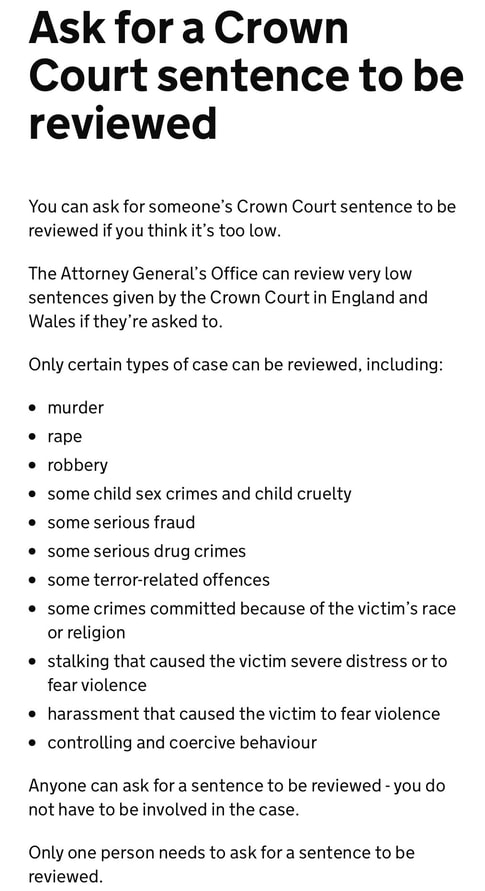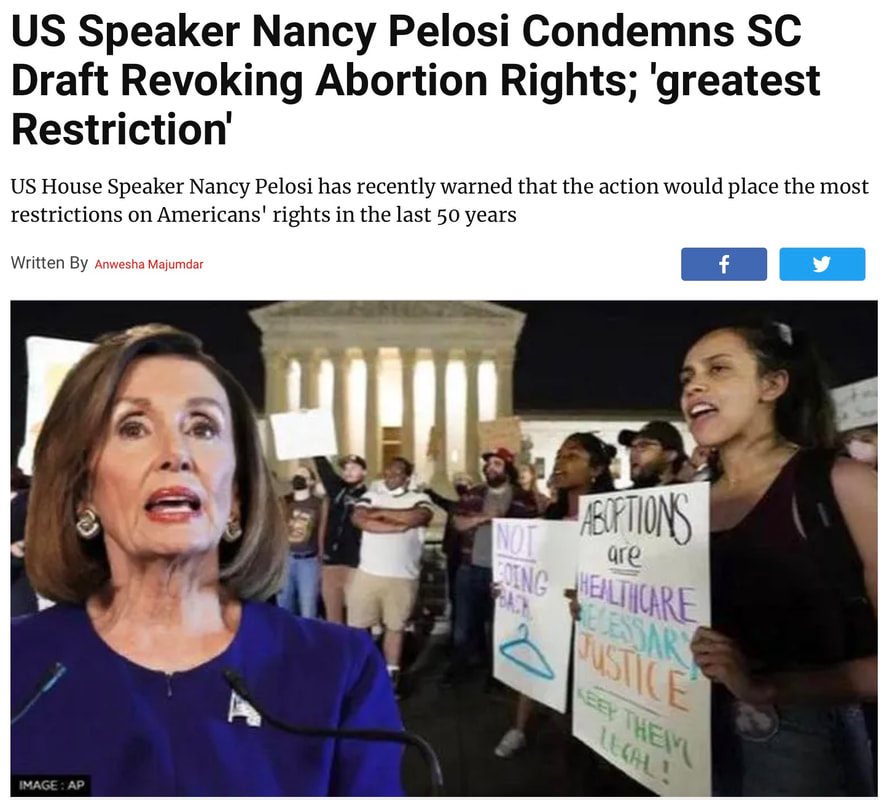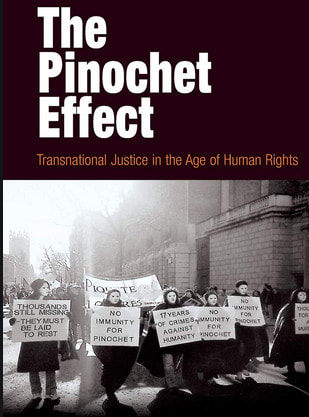The ROT in the Judiciary began when Rabuka dismissed Judges and Magistrates and turkey-stuffed with pliant JUDGES and Magistrates
More than half of all Pacific women beaten |
BEATING ILLEGALITY: LAWYERS AND JUDGES RUSHED FROM OVERSEAS AFTER THE 2006 COUP AND TOOK UP JUDICIAL APPOINTMENTS DESPITE THE FIJI APPEALS COURT RULING THAT ABROGATION OF 1997 CONSTITUTION WAS ILLEGAL
The Minister for Women, Children and Poverty Alleviation, Rosy Akbar's comments reported by the Motibhai-Rabuka-Prasad Fiji Times at a consultation have been labelled as inappropriate by the DPP and FLS. Akbar is reported to have said she would lobby for stricter measures in every single case of domestic violence and sexual offences because it could save lives. Go, tell US House Speaker Pelosi to keep out of Supreme Court decisions, especially in the case of Roe v Wade
In the UNITED KINGDOM, YOU Can:
Abortion was made legal across the US after a landmark legal ruling in 1973, often referred to as the Roe v Wade case.
However, a leaked document claims that the US Supreme Court - the nation's most senior legal body - is now in favour of overturning that right.
If that happens, abortion could instantly become illegal in 22 US states. A decision is expected in late June or early July.
What was Roe v Wade about? In 1969, a 25-year-old single woman, Norma McCorvey under the pseudonym "Jane Roe", challenged the criminal abortion laws in Texas. The state forbade abortion as unconstitutional, except in cases where the mother's life was in danger.
Defending the anti-abortion law was Henry Wade - the district attorney for Dallas County - hence Roe v Wade.
Ms McCorvey was pregnant with her third child when she filed the case, and claimed that she had been raped. But the case was rejected and she was forced to give birth.
In 1973 her appeal made it to the US Supreme Court, where her case was heard alongside that of a 20-year-old Georgia woman, Sandra Bensing.
They argued that abortion laws in Texas and Georgia went against the US Constitution because they infringed a woman's right to privacy.
By a vote of seven to two, the court justices ruled that governments lacked the power to prohibit abortions.
They judged that a woman's right to terminate her pregnancy was protected by the US constitution.
How did the case change women's rights? The case created the "trimester" system that:
What restrictions on abortion have been introduced since? In the 49 years since Roe v Wade, anti-abortion campaigners have regained some lost ground.
In 1980 the US Supreme Court upheld a law that banned the use of federal funds for abortion except when necessary to save a woman's life.
Then in 1989 it approved more restrictions, including allowing states to prohibit abortions at state clinics or by state employees.
The biggest impact came from the top court's ruling in Planned Parenthood v Casey in 1992.
Ruth Bader Ginsburg told the BBC in 2019 that abortion restrictions affected low income women most.
While upholding the Roe v Wade judgement, it also established that states can restrict abortions even in the first trimester for non-medical reasons.
The new laws must not place an "undue burden" on women seeking abortion services. However, it is the woman and not the authorities who have to prove that the regulations are damaging.
As a result many states now have restrictions in place such as requirements that young pregnant women involve their parents or a judge in their abortion decision. Others have introduced waiting periods between the time a woman first visits an abortion clinic and the actual procedure.
The result of these restrictions is that many women have to travel further to get an abortion, often across state borders, and pay more for them. According to the pro-choice movement, poor women are penalised most by these restrictions.
What's the current challenge to Roe v Wade?The Supreme Court is considering a case which challenges Mississippi's ban on abortion after 15 weeks.
If the court rules in favour of Mississippi, it will effectively end the constitutional right to an abortion, and make abortion rights a decision for individual states once again.
There are nine judges on the Supreme Court, six of whom were appointed by Republican presidents.
A draft opinion from one of these - Judge Samuel Alito - has been leaked, and contains the comment that the Roe v Wade judgement is "egregiously wrong".
If the Supreme Court strikes down the 1973 ruling, then abortion could be banned in almost half of US states.
Related Topics
However, a leaked document claims that the US Supreme Court - the nation's most senior legal body - is now in favour of overturning that right.
If that happens, abortion could instantly become illegal in 22 US states. A decision is expected in late June or early July.
What was Roe v Wade about? In 1969, a 25-year-old single woman, Norma McCorvey under the pseudonym "Jane Roe", challenged the criminal abortion laws in Texas. The state forbade abortion as unconstitutional, except in cases where the mother's life was in danger.
Defending the anti-abortion law was Henry Wade - the district attorney for Dallas County - hence Roe v Wade.
Ms McCorvey was pregnant with her third child when she filed the case, and claimed that she had been raped. But the case was rejected and she was forced to give birth.
In 1973 her appeal made it to the US Supreme Court, where her case was heard alongside that of a 20-year-old Georgia woman, Sandra Bensing.
They argued that abortion laws in Texas and Georgia went against the US Constitution because they infringed a woman's right to privacy.
By a vote of seven to two, the court justices ruled that governments lacked the power to prohibit abortions.
They judged that a woman's right to terminate her pregnancy was protected by the US constitution.
How did the case change women's rights? The case created the "trimester" system that:
- gives American women an absolute right to an abortion in the first three months (trimester) of pregnancy
- allows some government regulation in the second trimester of pregnancy
- declares that states may restrict or ban abortions in the last trimester as the foetus nears the point where it could live outside the womb
What restrictions on abortion have been introduced since? In the 49 years since Roe v Wade, anti-abortion campaigners have regained some lost ground.
In 1980 the US Supreme Court upheld a law that banned the use of federal funds for abortion except when necessary to save a woman's life.
Then in 1989 it approved more restrictions, including allowing states to prohibit abortions at state clinics or by state employees.
The biggest impact came from the top court's ruling in Planned Parenthood v Casey in 1992.
Ruth Bader Ginsburg told the BBC in 2019 that abortion restrictions affected low income women most.
While upholding the Roe v Wade judgement, it also established that states can restrict abortions even in the first trimester for non-medical reasons.
The new laws must not place an "undue burden" on women seeking abortion services. However, it is the woman and not the authorities who have to prove that the regulations are damaging.
As a result many states now have restrictions in place such as requirements that young pregnant women involve their parents or a judge in their abortion decision. Others have introduced waiting periods between the time a woman first visits an abortion clinic and the actual procedure.
The result of these restrictions is that many women have to travel further to get an abortion, often across state borders, and pay more for them. According to the pro-choice movement, poor women are penalised most by these restrictions.
What's the current challenge to Roe v Wade?The Supreme Court is considering a case which challenges Mississippi's ban on abortion after 15 weeks.
If the court rules in favour of Mississippi, it will effectively end the constitutional right to an abortion, and make abortion rights a decision for individual states once again.
There are nine judges on the Supreme Court, six of whom were appointed by Republican presidents.
A draft opinion from one of these - Judge Samuel Alito - has been leaked, and contains the comment that the Roe v Wade judgement is "egregiously wrong".
If the Supreme Court strikes down the 1973 ruling, then abortion could be banned in almost half of US states.
Related Topics







